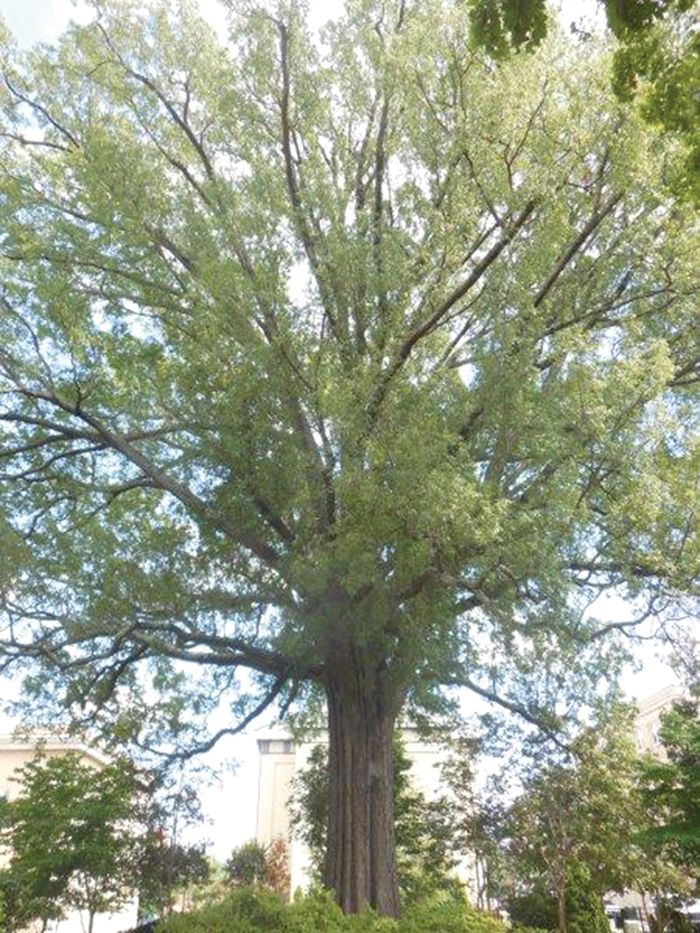
What is a tree canopy and why should I care? Salisbury Post
For those who don't know, a tree canopy is the tree's highest part, consisting of branches and leaves. Every tree has a canopy, some larger than others. Here is an article on canopy disengagement. Classes Of Canopy Trees There are different types of canopy trees, and they all provide some amount of shade.
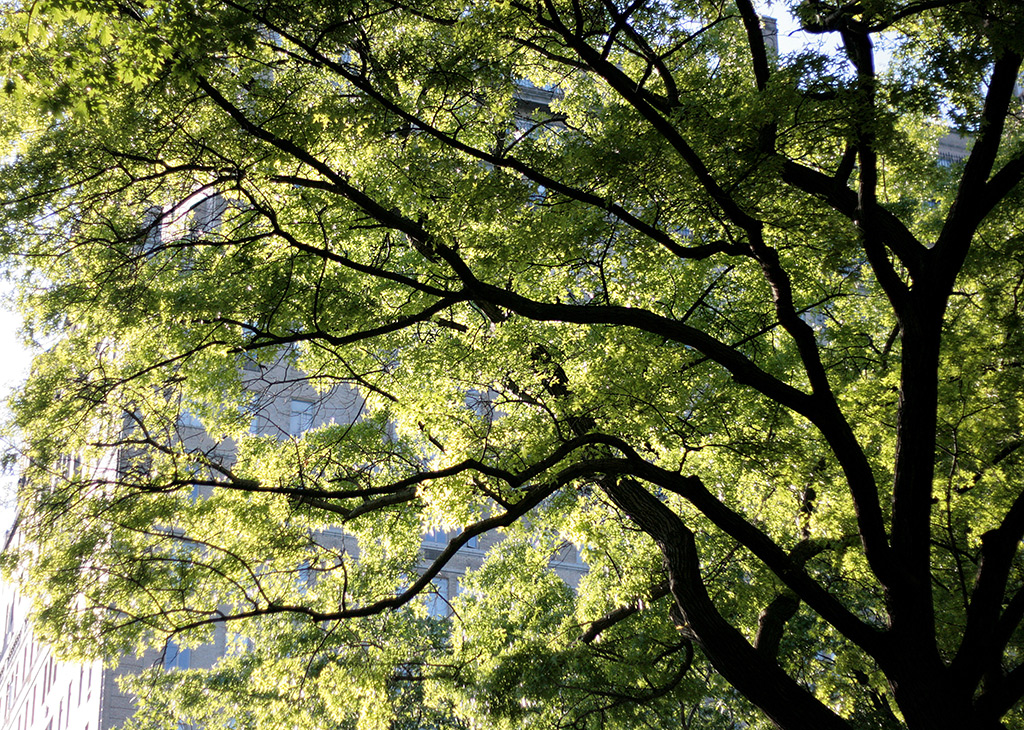
Why We No Longer a 40 Percent Urban Tree Canopy Goal
Raising the canopy on a landscape tree is a technique used for both practical as well as aesthetic purposes. Also sometimes referred to a limbing up, pruning away some of the lowest branches and limbs can allow more sunlight to plants below and improve traffic flow under and around the tree. It can improve views and visual balance in the landscape.

Green Canopy Free Stock Photo Public Domain Pictures
Where the entire street is tree-lined, homes may be worth 25% more. Trees enhance economic stability by attracting businesses; people linger and shop longer when trees are present. Where a canopy of trees exists, apartments and offices rent more quickly and have a higher occupancy rate; workers report more productivity and less absenteeism.
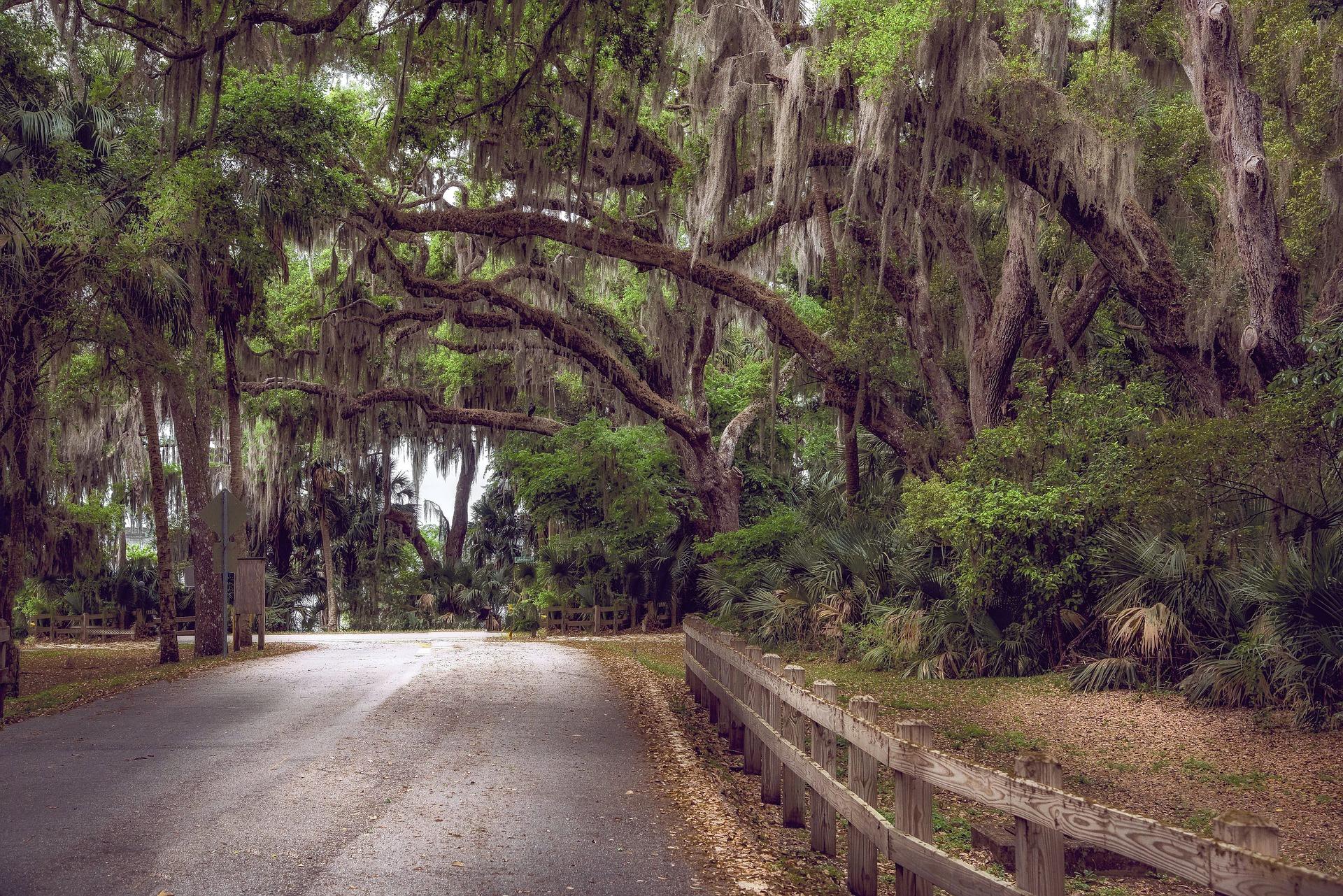
Tree Canopy Audubon Florida
A forest canopy. A canopy or forest canopy is part of a tree, forest, group of trees, or group of other tall plants. It is where the leaves spread out like a roof or umbrella. [1] The canopy is where the most sunlight touches the plants, so it is where the most energy enters living things. [2] It is also where the most gas exchange happens.

Backyard Canopy, Garden Canopy, Canopy Outdoor, Deck Canopy, Wood
Explore Canopy's preselected lists of trees as a starting point. All Trees The Mid-Peninsula low-lands were originally an oak-studded savanna punctuated by wooded riparian corridors. Over the years many species non-native to this area have been planted as cities and neighborhoods were developed.
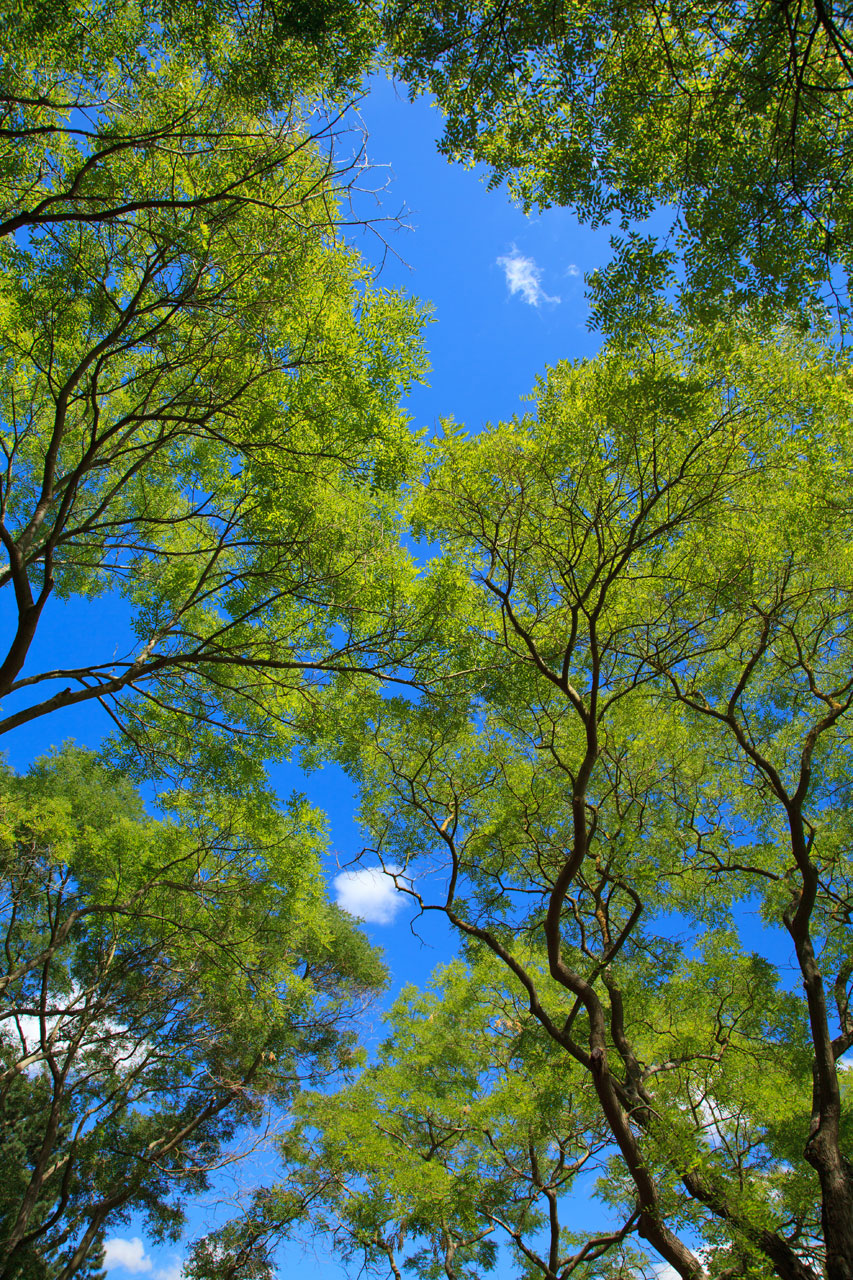
Green Tree Canopy Free Stock Photo Public Domain Pictures
Gazing skyward while in the middle of a forest reveals the wonder of the canopy, the forest's "overstory," where treetop leaves filter light, temper winds, and exchange gases with the atmosphere. A forest's canopy is the sum of its tree-crowns, including branches, twigs, leaves, and even the air that hovers in between.
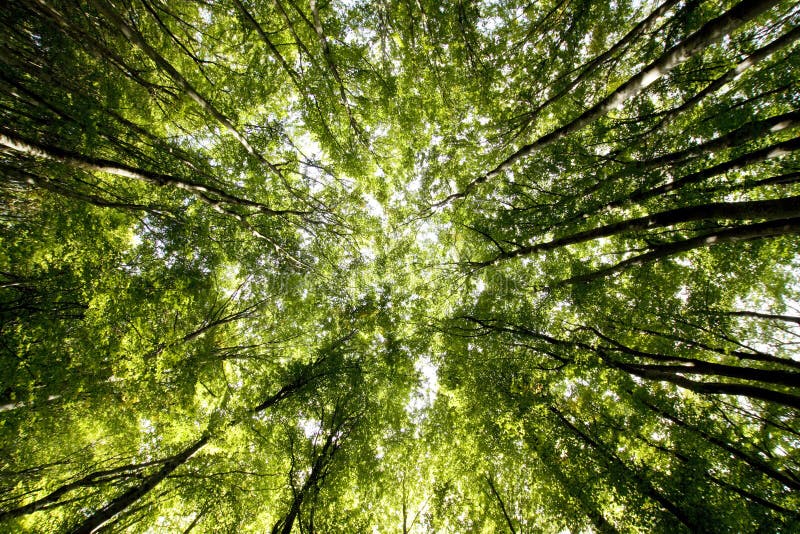
Tree canopy stock image. Image of abstract, orange, park 16171341
The canopy, where more species live than anyplace else in the rainforest, is the denser layer of greenery about 20 feet thick formed by the next tallest trees. It acts like a roof over the rest of the rainforest. This roof is not, however, solid like the roof of a house. It is partially permeable.
Garden Design 'Lifting' a Tree's Canopy
The term canopy refers to the canopy of trees, shrubs, grasses, and other vegetation in a forest. The canopy provides shade and protection from the sun and wind, as well as shelter from predators and insects. What is the top of a tree called? Sugar is made from air and water by the leaves and needles of the tree.

The Forest Canopy Structure, Roles & Measurement CID BioScience
Canopy trees generate the perfect conditions for the native plants below. Dogwoods blooming under diverse canopy trees. White Oak. With Chestnut gone, Oak is even more essential for wildlife, feeding vast amounts of insects through its leaves, birds through its insects, and mammals through its nuts (acorns). White Oak and Red Oak are both.

500+ Tree Canopy Pictures [HD] Download Free Images on Unsplash
Maple, Ash, Dogwood and Virburnum all have opposite branches. Very few other species do. Most other species of trees have alternate branching patterns, including oak, cherry, and cottonwood trees.

Tree leaf canopy wallpaper 1920x1200 32256
Balance the sides of the canopy so the tree doesn't fall over; Remove dead branches so they don't snag your arm when you harvest fruit; Force a straight branch to make side branches;
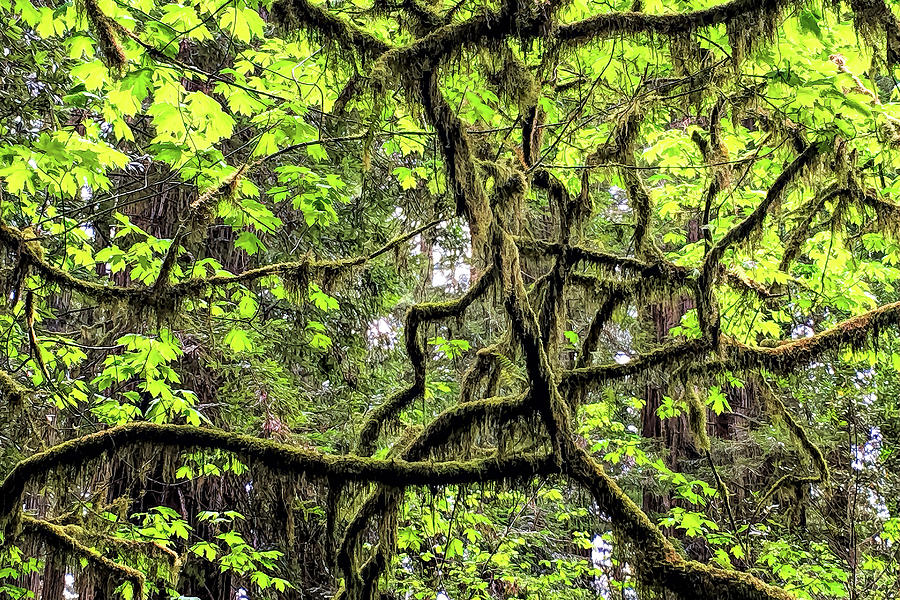
Tree Canopy Photograph by Maria Coulson Fine Art America
Benefits of Tree Canopy Tree canopy is the layer of leaves and branches from trees that cover the ground from a bird's-eye view, offering a wide range of benefits, such as those illustrated above. © TNC Tree Canopy: A Vital Part of the Urban Forest
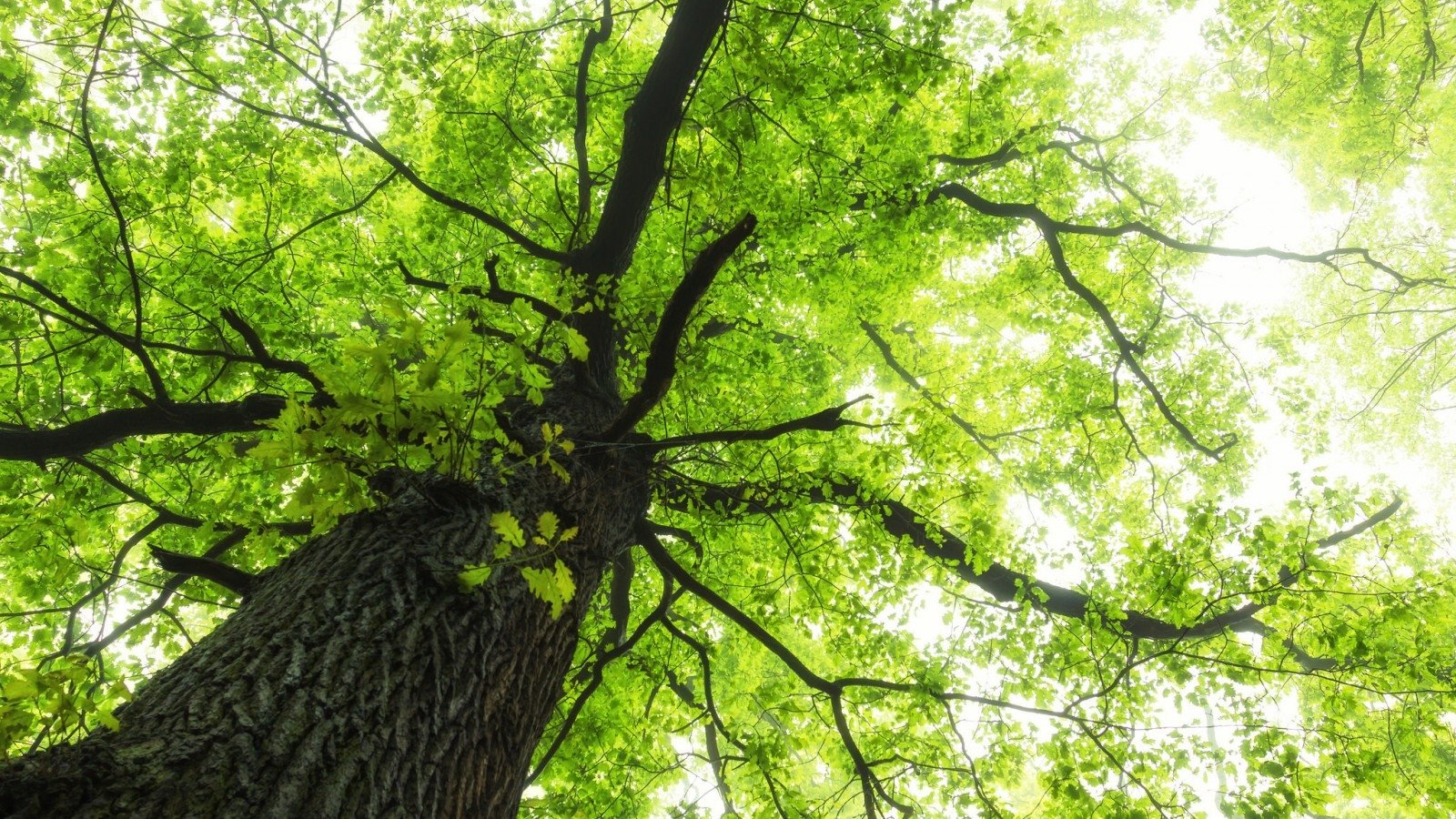
Tree Canopy Image ID 287783 Image Abyss
Canopy tree types include columnar, which are trees shaped like columns or cylinders, according to Better Homes & Gardens. Some examples of these are quaking aspen (Populus tremuloidus), which grows in U.S. Department of Agriculture zones 1 to 7, and red maple (Acer rubrum), which grows in USDA zones 3 to 9. Another common canopy tree type is.

Baltimore First urban tree canopy change analysis completed
In its simplest meaning, canopy is the cover resulting from the leaves at the top branches of a tree. However, this definition diminishes the importance and value of the cover created below the crown, right down to the lowest levels of a plant community.
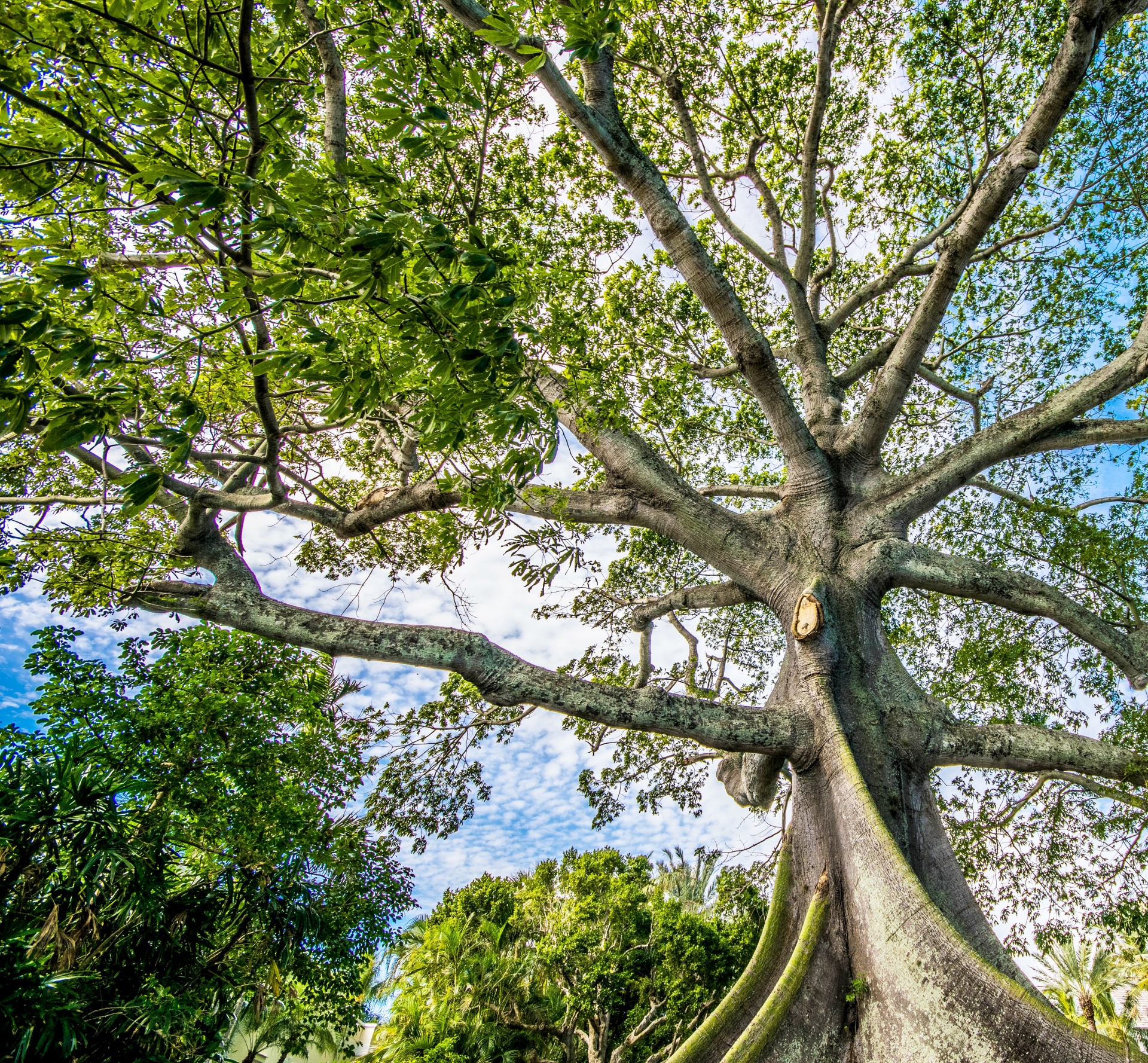
Tree Canopy Free Stock Photo Public Domain Pictures
Canopy layer: The canopy is the layer where the crowns of most of the forest's trees meet and form a thick layer. Emergent layer: Emergents are trees whose crowns emerge above the rest of the canopy. Mosaic of Habitats

"The Ancient Tree Canopy" Photography art prints and posters by David
"Canopy" can be used in biology to describe the upmost layer of any group of plants or crops, but "tree canopy" is generally used to describe trees that provide shade at human scale. In biology, even shrubs or grass can create a canopy: when talking about trees, we generally mean those who give shade. What is an urban tree canopy?